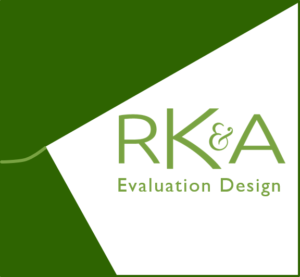This is an Eval Central archive copy, find the original at rka-learnwithus.com.
 After a bit of a hiatus, we are back with a new post to our Evaluation Design series! This post explores the use of incentives for data collection: What are they? When might you need to use them? And why are they important? This topic is especially relevant considering the current COVID-19 pandemic because, as Amanda noted in her recent blog post, many of us are looking for creative solutions to keep our work moving forward. As we explore alternatives to in-person data collection methods, incentives can be particularly important for securing participation using online recruitment methods (more on that below).
After a bit of a hiatus, we are back with a new post to our Evaluation Design series! This post explores the use of incentives for data collection: What are they? When might you need to use them? And why are they important? This topic is especially relevant considering the current COVID-19 pandemic because, as Amanda noted in her recent blog post, many of us are looking for creative solutions to keep our work moving forward. As we explore alternatives to in-person data collection methods, incentives can be particularly important for securing participation using online recruitment methods (more on that below).
What is an incentive?
Incentives are a token—typically a small gift or cash—given to a respondent in exchange for or appreciation of their participation in a study. They can be as small as a free pencil or bookmark from the museum’s gift shop or as large as a substantial gift card or cash. Museums can also get creative with the incentives they offer by providing free admission to a fee-based program or a ticket to a show in their theater—experiences that may come at little cost to the museum.
When might you need an incentive?
We often encourage museums to provide a small incentive to visitors for participating in a study (e.g., taking a survey or participating in a short interview) as a gesture of appreciation for the time visitors have taken out of their visit to provide their feedback to the museum. Incentives take on additional importance in the following scenarios:
- The time invested by the respondent is significant (e.g., participating in a focus group)
- Responses are needed over a long period of time (e.g., interviews or surveys taking place several months after participating in a program)
- Respondents are difficult to secure (e.g., the desired respondent characteristics require targeted recruitment or respondents are difficult to reach because of logistical barriers)
If we can identify the possibility of the above scenarios during the planning phase of a project, we can work to build the cost of incentives into the budget to prevent any surprises later.
Why are incentives important right now?
As we move toward more remote data collection to keep ourselves and our communities as safe as possible through social distancing, we are reminded of the importance of incentives as related to the third bullet point above. While we would often recruit visitors in a museum to participate in an interview or survey, museum closures are making respondents more difficult to reach. Incentives are becoming increasingly important as we turn to online recruitment methods because we are asking for participation from people who may have no prior relationship with the museum (i.e., they are not already in the museum for a visit), and we do not have the benefit of building trust and rapport before respondents agree to participate like we do during in-person recruitment. Incentives can provide a sense of legitimacy to the study, encourage commitment to finish the interview or survey, and show genuine appreciation for the time invested by the respondent.
The post Using Incentives for Data Collection appeared first on RK&A.